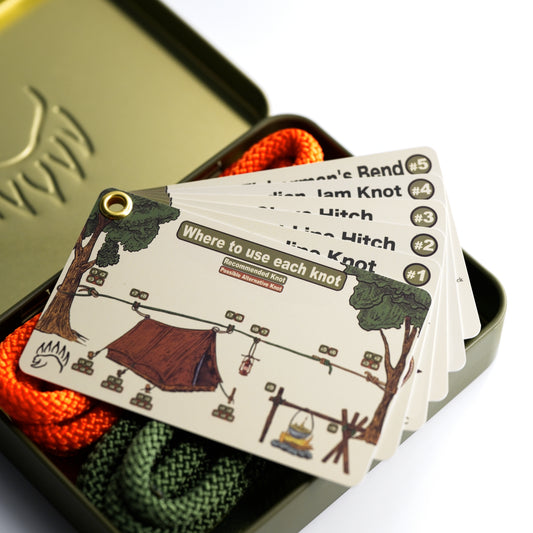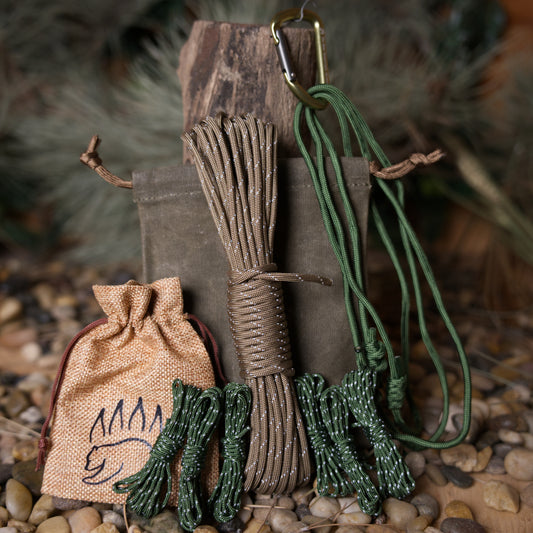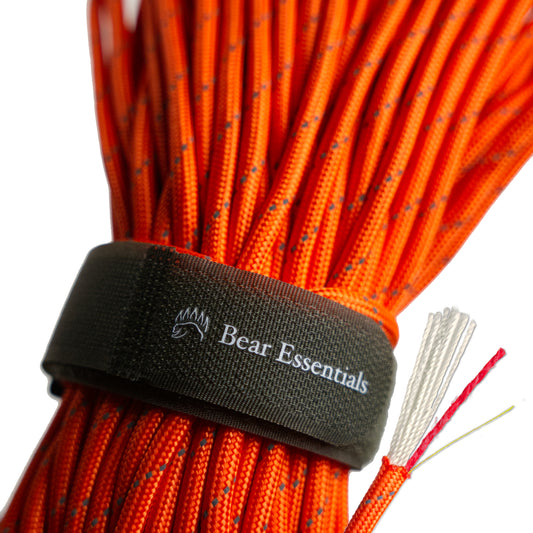How to Tie the Scaffold Knot
Usage
The Scaffold Knot is used in some fishing and utility tasks where a strong, sliding loop is required for securing lines to hooks or objects. Unlike the Running Bowline, which is bulkier, or the Slip
Why Learn the Scaffold Knot?
Its noose-like loop provides a tight, secure attachment to a variety of anchor points. Perfect for anglers or utility tasks that require a quick and sturdy knot.
Common Uses
- Fishing:
- Secures lines to hooks or lures for quick setups.
- Attaches nets or gear to boat fittings.
- Utility:
- Used to attach ropes to rings or hooks, carabiners etc.
- Can be used to secure bundles or bags during light transport.
ABOK Number
(Ashley Book of Knots)
- #1120
Other Names
- None listed
Category
- Anchor/End Loop Knots
Notable Features
- Strong grip: Tightens securely around objects under load.
- Quick tying: A simply knot thats easy to learn and quick to tie.
- Adjustable loop: Slide to slide to secure to objects of different sizes.
- Fishing utility: Can be used for attaching terminal tackle or securing lines to shore or a boat.
- Simple design: Easy to tie and doesn't require an excessive amount of rope.
Variations
(No specific variations)
Similar Knots
Running Bowline vs. Scaffold Knot
- Pros: Stronger and more versatile when working with heavy loads or safety critical rescue tasks.
- Cons: It's a bulkier knot and can be slower to tie when compared to the Scaffold Knot.
Slip Knot vs. Scaffold Knot
- Pros: Faster to tie and release.
- Cons: Not as secure when compared to the Scaffold Knot.
History
The Scaffold Knot, documented in The Ashley Book of Knots (#1120), likely originated in maritime or fishing contexts for securing lines to hooks or rings, possibly used in scaffold rigging for its tightening loop. Its simplicity and strength made it a staple in angling, with modern utility applications for temporary ties. The knot’s noose-like structure reflects its historical role in quick, secure attachments.
Security Level
The Scaffold Knot is reliable for light to moderate loads when tied correctly. Be aware that it can jam under heavy loads.
Downsides
- Jamming risk: Can bind tightly, making untying difficult after heavy loads.
- Limited durability: Not suited for prolonged or dynamic loads.
Structure
- Pass the working end of the rope through the hook or ring, leaving a long tail to form the loop.
- Wrap the working end around the standing line and through the hook or ring again, creating a loop.
- Make two or three wraps with the working end around the standing line, moving toward the loop.
- Pass the working end through the loop formed in Step 2.
- Tighten the knot by pulling the standing line and working end, ensuring the wraps are snug.
Pro Tip: Use three wraps for extra security on heavy loads. Moisten the knot before tightening to reduce friction. Check the loop size before final tightening for adjustability.
FAQ
Is the Scaffold Knot strong enough for fishing hooks?
Yes. As always, ensure the knot is seated correctly and be sure to wet the line before cinching.
What rope works best for the Scaffold Knot?
You can't go wrong with nylon.
How does the Scaffold Knot compare to the Running Bowline?
It’s quicker to tie but is less versatile when it comes to heavy loads or rescue work.
Can the Scaffold Knot be used for utility bundling?
Yes, it can be used for securing light bundles. You can add a stopper knot for extra security.
Why choose the Scaffold Knot over a slip knot?
It’s arguably stronger and more reliable.
Important Notes on Safety
Common failure points include loose wraps or insufficient tightening. Always verify the knot is snug and the attachment point is stable before loading. Inspect the rope for wear before tying. Use at least two wraps, preferably three, for strength. Practice tying in low-stakes settings first.







